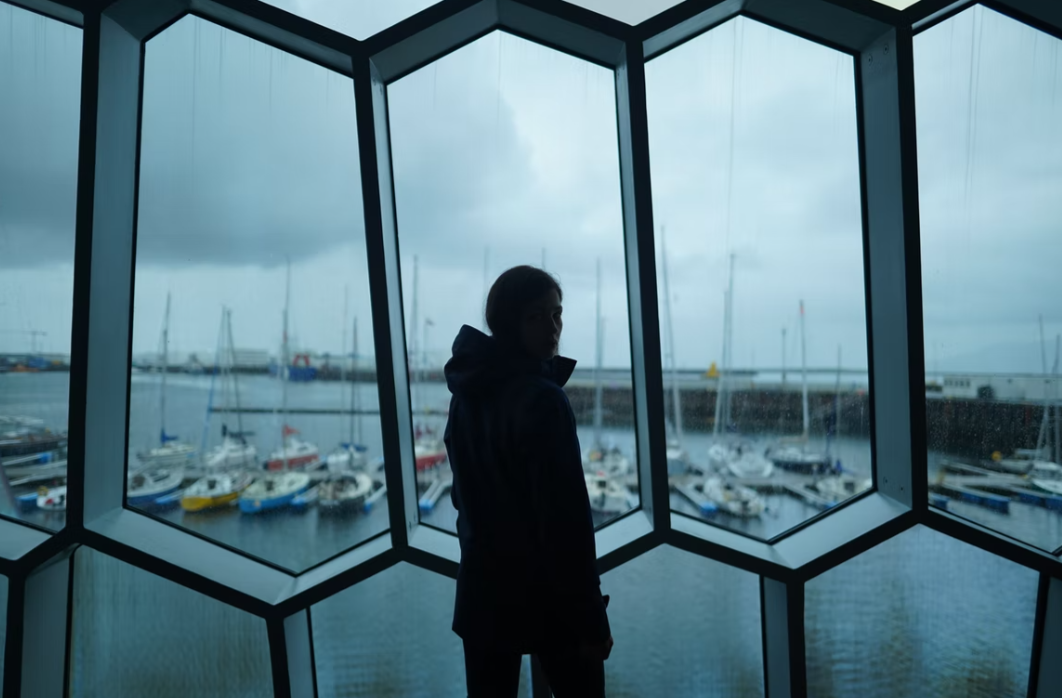Below, we’ll take a look at some of the tragic elements in ‘The Eve of St Agnes’ by John Keats.
Thanks for reading!
If you find this page useful and need more help with Keats, you can access our full poetry course. For a limited time, our John Keats Poetry course is 50% off; just use the code ‘EARLYBIRD’ at checkout!
Take a look at Summary of The Eve of St Agnes by John Keats to get a deeper understanding of the story.
TRAGEDY
The tragedy of the narrative seems more powerful, however. Here are the tragic elements present in the poem:
- Most notably the ambiguity of Porphyro’s ‘heroic’ status, makes him a difficult figure to fully fathom- he can be interpreted either as a noble hero with pure intentions who overcomes the prejudices of his family to marry a woman from a conflicting household, or he can be seen as a tragic hero – a predatory opportunist who villainously manipulates Madeleine’s pure intentions.
- Intense and dangerous atmospheric elements, such as the oppressive cold and raging snowstorm.
- The potential interpretation is that both Madeleine and Porphyro are tragic victims of circumstances beyond their control.
- The allegorical reference to Merlin and the Lady of the Lake, a tragic story of enchantment and doomed love.
- Madeleine’s decision to invoke a ritual, which, while centred around a Catholic saint, seems to go beyond the Christian belief system and dabble in magic and paganism.
- The supernatural elements of the story, including aspects of ‘fate’ which seem to preside over the narrative. Is Porphyro actively making the decision to steal into the castle, or is he drawn there by a force outside his control?
- The suffering and deaths of Angela and the Beadsman
- The state of ‘pity and fear’ (pathos) that the reader feels during the story – an emotion that Aristotle stated was an important aspect of tragic narratives
- Keats’ own view of himself as a tragic figure, and of the tragic mode in his poetry – Keats’ own belief of ‘negative capability’, that intense beauty and positivity can come from times or states of difficulty – the state “when man is capable of being in uncertainties, Mysteries, doubts, without any irritable reaching after fact & reason” is an important central idea of many of his poems, where he seeks to comment on the chaotic nature of the world and appreciate its beauty without trying to solve it or simplify it.
- The uncertain ending, which may result in the lovers’ demise: “And they are gone: ay, ages long ago/ These lovers fled away into the storm.”
| TASK: How far do you think that “The Eve of St Agnes” can be classed as a tragedy? Spend time planning and collecting your thoughts together, arranging your points into “FOR” and “AGAINST” the idea that the poem is a tragedy. If you have time, write the plan into a full argumentative essay, in which you argue your point of view. |
Thanks for reading!
If you find this page useful and need more help with Keats, you can access our full poetry course.
For a limited time, our John Keats Poetry course is 50% off; just use the code ‘EARLYBIRD‘ at checkout!
Take a look at Summary of The Eve of St Agnes by John Keats to get a deeper understanding of the story.












